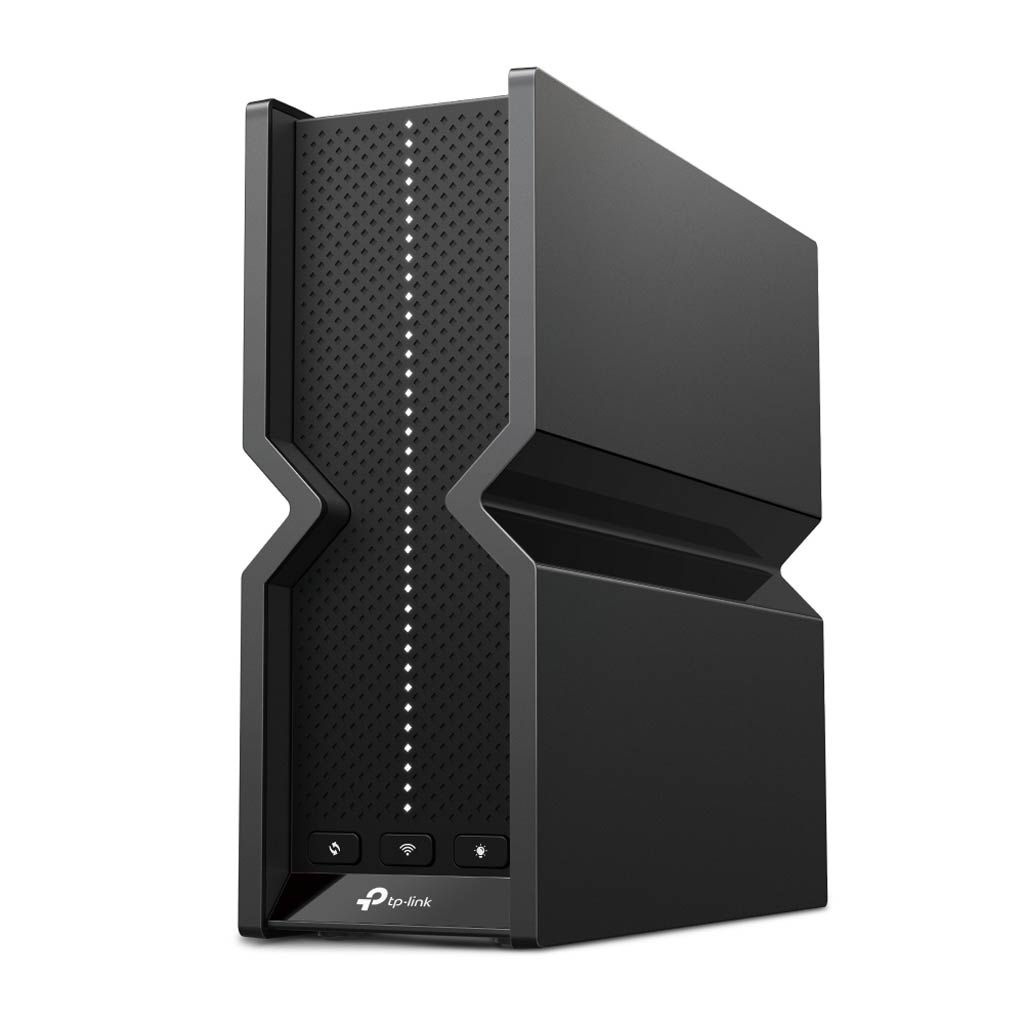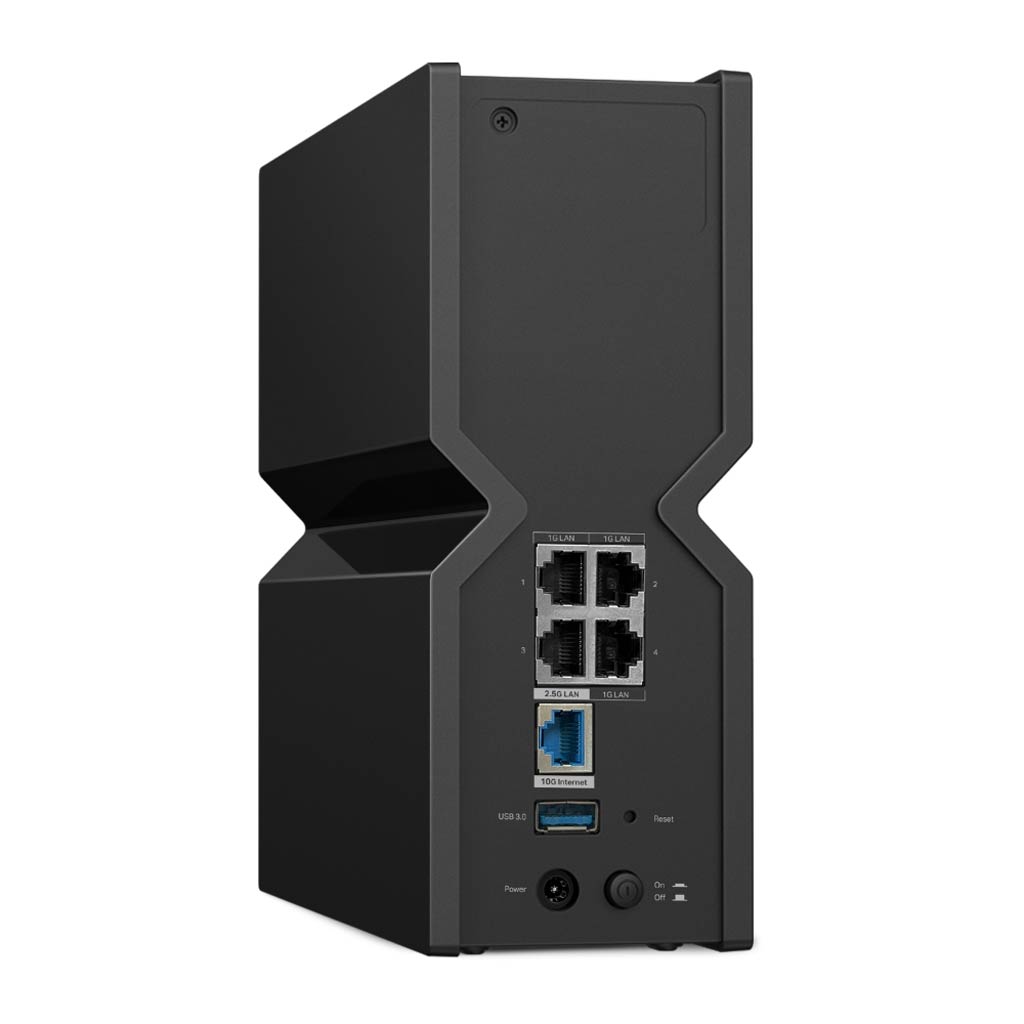The Archer BE700 is another confusing option among TP-Link’s existing soup of Wi-Fi 7 routers. It’s a BE15000 router, which means, according to the way TP-Link has released its hardware, there’s a chance you’ll find an Archer BE15000, which would be the same hardware with a different model name.
In any case, this Archer BE700 is a tier lower than the top-tier Archer BE800 (which is a BE18000 router). This brief quick take, among other things, will let you know the differences between the two and set correct expectations before making the purchase. It will answer many questions I’ve received in the past six months on this particular router, which I’m not going to get for real-world testing.

TP-Link Archer BE700 vs. Archer BE800: Less love for 5GHz and 2.4GHz clients
The Archer BE700 is essentially the same as the Archer BE800. It’s a tri-band router with support for the latest Wi-Fi 7 standard. In fact, the two share the same 6GHz band, and it’s the specs of the other two bands, 5GHz and 2.4GHz, that make the new router an inferior piece of hardware.
In terms of hardware design, the Archer BE700 is smaller than the Archer BE800 and shares the same shape as the Archer BE550 (which is a BE9300 router).
The table below shows the detailed hardware specs of the three.
TP-Link Archer BE700 vs. Archer BE800: Hardware specifications


The single 10Gbps port pain
As shown in the table above, the Archer BE700 is more like the BE550 in Wi-Fi specs than it is the Archer BE800. As for wired connection, it’s right in the middle of the two by having a single 10Gbps WAN port and a single 2.5Gbps LAN port.
As a result, there’s no chance to have a 10Gbps connection out of it—you need another 10Gbps port for that. One can argue that the WAN port can host a 10Gbps broadband plan, which is true, but on the way out, there’s no way to see that connection speed on a client as the fastest wired speed is capped at 2.5Gbps and via Wi-Fi you’ll get at best around 4Gbps of sustained speed when using a top-tier Wi-Fi 7 client at an optimal distance.
It’s worth noting that the Archer BE700 favors the 6GHz band, which is short in range. Its other two bands (5GHz and 2.4GHz) are the same as those of the Archer BE550. In other words, if you have a lot of 5GHz clients, which most of us do, the Archer BE700 is no better than the cheaper cousin.
Pros
10Gbps WAN port with top-tier 6GHz band
EasyMesh supports a full web user interface and standard networking features
Compact and practical design
Cons
No 10Gbps LAN port, only one 2.5Gbps port
Modest 5GHz and 2.4GHz Wi-Fi specs
The takeaway
The Archer BE700 is another of TP-Link’s needless hardware options. It has hardware specs geared more toward making excuses for a higher price point than creating an authentic, better real-world experience. Speaking of which, it’ll be the same as the much more affordable Archer BE550 in most cases, where you don’t need top (5GHz) Wi-Fi bandwidth. If you want a genuinely better option, opt for the Archer BE800 instead.
In any case, if you can find it at a similar cost to the Archer BE550, it doesn’t hurt to pick it up. Looking at it as a deal? Consider it today!







